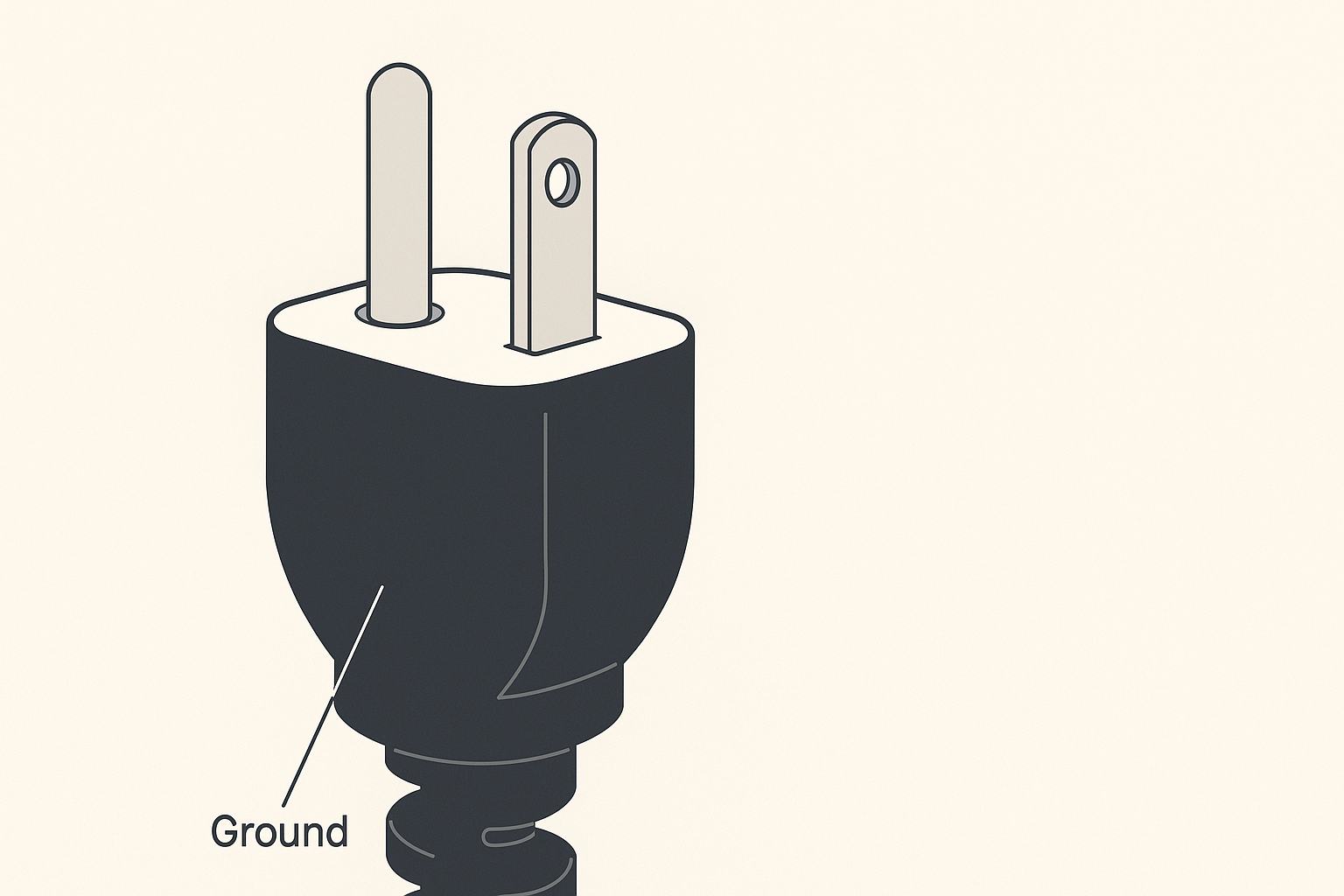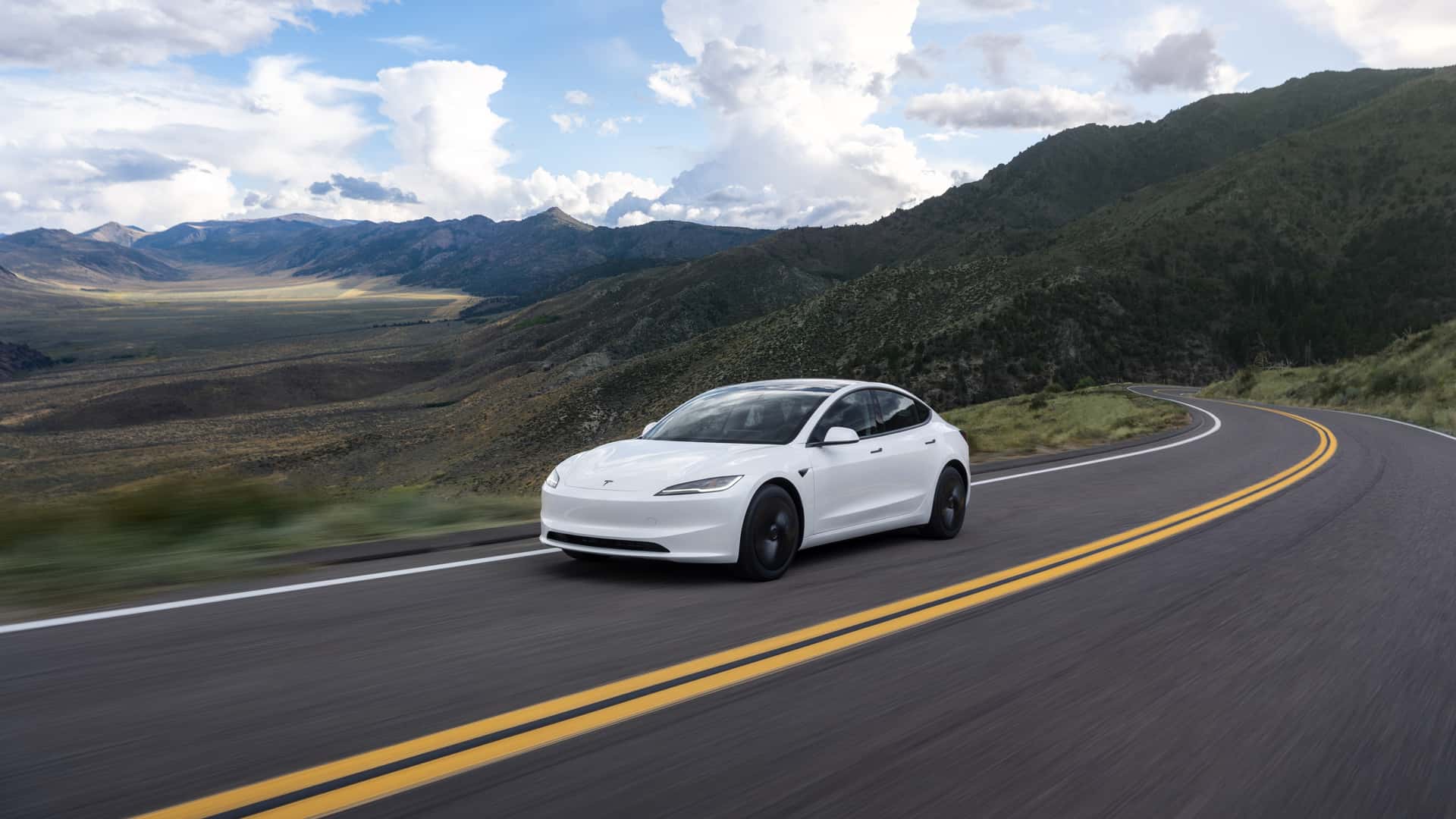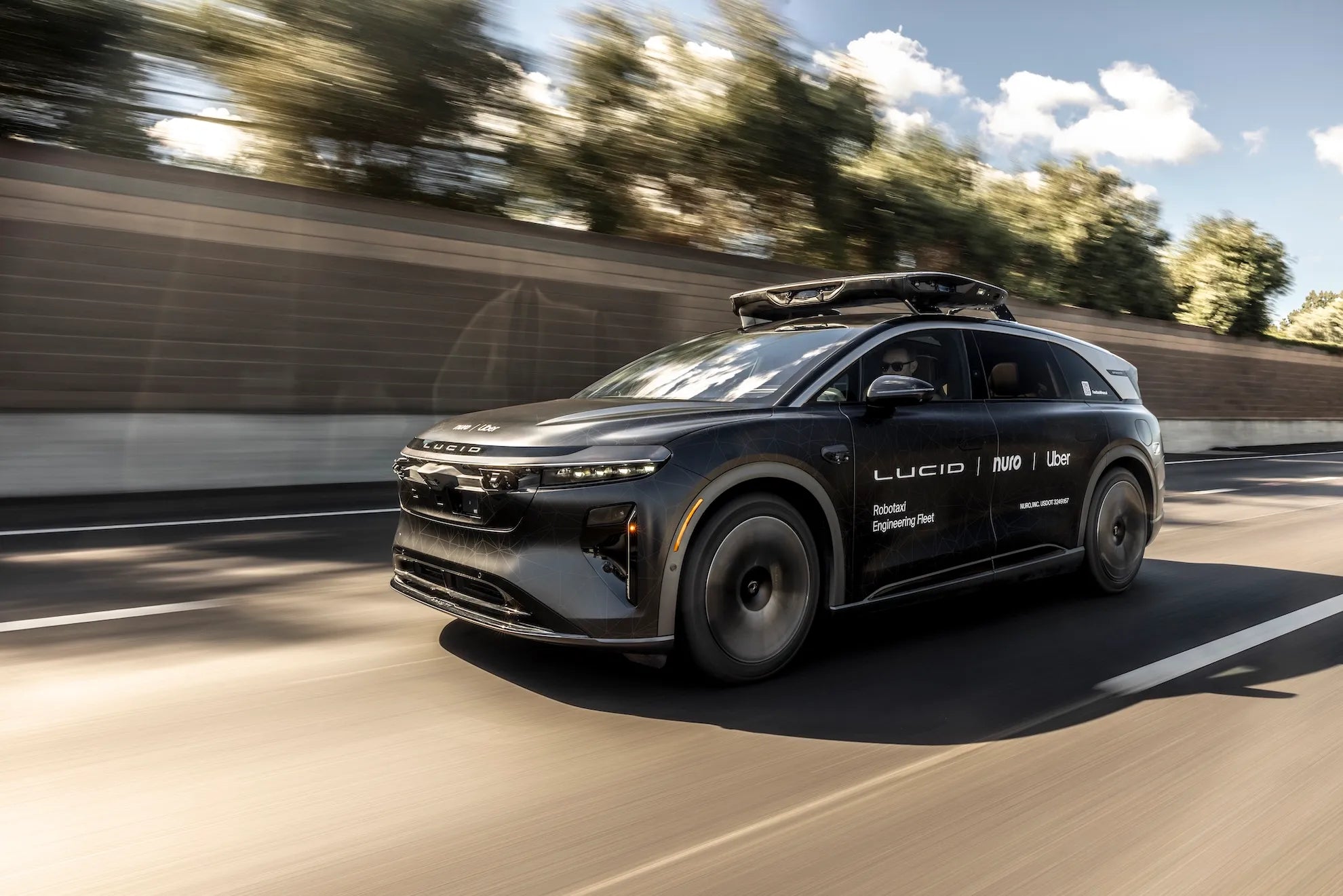NEMA 5-15-Stecker für das Laden von Elektrofahrzeugen und Haushaltsanwendungen erklärt
Einführung
Der NEMA 5-15-Stecker ist einer der am häufigsten verwendeten elektrischen Steckverbinder in Nordamerika. Er ist in nahezu jedem Wohn- und Geschäftsgebäude zu finden und spielt nicht nur bei der Stromversorgung alltäglicher Geräte eine wichtige Rolle, sondern unterstützt auch Einstiegslösungen für das Laden von Elektrofahrzeugen (EV). Angesichts des wachsenden Interesses an der Ladeinfrastruktur für private Elektrofahrzeuge ist es zunehmend wichtiger, den Aufbau, die Fähigkeiten, Einschränkungen und idealen Einsatzmöglichkeiten des NEMA 5-15-Steckers zu verstehen.
In diesem Artikel untersuchen wir, was der NEMA 5-15-Stecker ist, wie er funktioniert, wo er verwendet wird und ob er zum Laden von Elektrofahrzeugen geeignet ist. Wir vergleichen ihn außerdem mit anderen gängigen NEMA-Steckertypen wie NEMA 6-20 und 14-50, um Ihnen fundierte Entscheidungen über die Ladekonfiguration von Elektrofahrzeugen und die Kompatibilität mit der Hauselektrik zu ermöglichen.
1. Übersicht: Was ist ein NEMA 5-15-Stecker?
Der NEMA 5-15-Stecker ist ein geerdeter Standardstecker mit 15 Ampere und 125 Volt, der von der National Electrical Manufacturers Association (NEMA) definiert wurde. Er bietet:
-
Zwei flache parallele Klingen für Phase und Neutralleiter
-
Ein runder Erdungsstift unterhalb der Klingen
-
Ausgelegt für 15 Ampere Strom bei 125 Volt (max. 1.875 Watt)
Diese Konfiguration wird auch als Stecker Typ B bezeichnet und ist der Standardstecker für Haushaltsgeräte, Lampen, Telefonladegeräte und andere Geräte mit geringem Stromverbrauch in den USA, Kanada, Mexiko und mehreren anderen Ländern mit ähnlichen Spannungsstandards.
2. Anatomie eines NEMA 5-15-Steckers
Um die Funktionalität des NEMA 5-15-Steckers zu verstehen, ist es wichtig, sein physisches Design zu berücksichtigen:
-
Heiße Klinge (schmaler Stift) : Anschluss an die Netzspannung (120 V)
-
Neutrale Klinge (breiter Stift) : Schließt den Stromkreis
-
Erdungsstift (rund) : Bietet Schutz vor Stromschlägen, indem Fehler zur Erde weitergeleitet werden
Diese dreipolige Konfiguration verbessert die Sicherheit und Stabilität gegenüber nicht geerdeten Steckern wie der älteren NEMA 1-15-Variante (zweipolig).
3. Typische Anwendungen des NEMA 5-15-Steckers
| Anwendungsfall | Gängige Geräte |
|---|---|
| Wohnen | Lampen, Fernseher, Toaster, Laptops |
| Kommerziell | Drucker, Computerarbeitsplätze |
| Industrie (leichte Beanspruchung) | Prüfgeräte, Batterieladegeräte |
| EV-Laden (Stufe 1) | Tragbare EV-Ladegeräte zum Laden über Nacht |
Trotz seiner Leistungsbeschränkungen wird der NEMA 5-15-Stecker häufig als Standard-Ladeoption für Elektrofahrzeuge der Stufe 1 verwendet, insbesondere für diejenigen, die keinen Zugang zu Steckdosen mit höherer Spannung haben.
📊 Infografik: NEMA 5-15-Steckerübersicht

4. Ist der NEMA 5-15-Stecker zum Laden von Elektrofahrzeugen geeignet?
Ja, aber mit Einschränkungen.
Aufladen der Stufe 1:
-
Das Laden an einer NEMA 5-15-Steckdose gilt als EV-Laden der Stufe 1.
-
Es bietet Ladegeschwindigkeiten von etwa 3 bis 5 Meilen Reichweite pro Stunde
-
Die meisten Elektrofahrzeuge benötigen mit dieser Methode 12–48 Stunden, um vollständig aufgeladen zu werden
Einschränkungen:
-
Sehr langsam für den täglichen Pendelverkehr
-
Nicht ideal für EV-Batterien mit hoher Kapazität
-
Kann ältere Haushaltsverkabelung überlasten, wenn sie nicht richtig ausgelegt ist
Bester Anwendungsfall : Übernachtladen für Plug-in-Hybride (PHEVs) oder für Benutzer von Elektrofahrzeugen mit kurzen täglichen Arbeitswegen und ausreichend Ausfallzeiten.
5. Sicherheitsaspekte
Während NEMA 5-15 für leichte Aufgaben sicher ist, birgt es bei Anwendungen mit höherer Leistung, wie dem Laden von Elektrofahrzeugen, gewisse Risiken:
-
Überhitzungsgefahr , wenn die Steckdose nicht ordnungsgemäß geerdet oder gewartet ist
-
Stromkreisüberlastung bei gemeinsamer Nutzung mit anderen Geräten am selben Leistungsschalter
-
Achtung bei Dauerlast : NEC empfiehlt, dass Stromkreise bei Dauerlasten (z. B. beim Laden von Elektrofahrzeugen) 80 % ihrer Nennkapazität nicht überschreiten. Bei einem 15-A-Stromkreis bedeutet dies eine Dauerlast von maximal 12 A.
Empfehlung : Verwenden Sie zum Laden von Elektrofahrzeugen immer einen dedizierten Stromkreis, auch auf Stufe 1, und erwägen Sie die Verwendung einer UL-gelisteten EVSE (Electric Vehicle Supply Equipment) mit Wärmeschutz.
6. Alternativen zum NEMA 5-15 Stecker
| Steckertyp | Spannung/Ampere | Typische Verwendung | Ladegeschwindigkeit |
|---|---|---|---|
| NEMA 6-20 | 240 V / 20 A | Mittelklasse-Ladestationen für Elektrofahrzeuge, Werkstätten | ~10–15 Meilen/Stunde |
| NEMA 14-50 | 240 V / 50 A | Level 2 EV-Laden, Wohnmobile, Öfen | ~25–35 Meilen/Std. |
| Festverdrahtet | 240 V / 40–80 A | Spezielle Ladestationen für zu Hause | ~40–60+ Meilen/Std. |
NEMA 5-15 ist in erster Linie eine temporäre oder Ersatzladeoption. Für das langfristige Laden von Elektrofahrzeugen wird dringend ein Upgrade auf ein Level-2-System mit einem 6-20- oder 14-50-Stecker empfohlen.
Empfohlene Lektüre: NEMA 5-15-, NEMA 6-20- und NEMA 14-50-Steckdosen für effizientes Laden von Elektrofahrzeugen
7. Moderne Anwendungsfälle jenseits von Elektrofahrzeugen
Neben Elektrofahrzeugen wird der NEMA 5-15-Stecker auch für folgende Fahrzeuge angepasst:
-
Smart-Home-Geräte mit Energieüberwachung
-
Tragbare Solargeneratoren mit Wechselrichterausgang
-
Aufladen beim Camping und Wohnmobil (über Adapter)
Diese Anwendungen profitieren weiterhin von der Universalität und Benutzerfreundlichkeit des Steckers.
8. EVDANCE empfiehlt: Optimale Nutzung von NEMA 5-15 zum Laden von Elektrofahrzeugen
Für Benutzer, die zum Laden von Elektrofahrzeugen auf NEMA 5-15-Steckdosen angewiesen sind, empfiehlt EVDANCE Folgendes:
✅ Produkt: EVDANCE 12A Level 1 EV-Ladegerät (NEMA 5-15)
-
Eingebauter Temperatursensor
-
Kompatibel mit allen Elektrofahrzeugen (J1772-Standard)
-
Wasserdicht und tragbar
-
Inklusive Aufbewahrungstasche und LED-Statusanzeigen
✅ Verlängerungslösung: EVDANCE EV-Verlängerungskabel
-
Längenoptionen: 25 Fuß oder 40 Fuß
-
Flammhemmendes, witterungsbeständiges Kabel
-
Perfekt für lange Einfahrten oder Garagen mit weit entfernten Steckdosen
9. Zukunft des NEMA 5-15 Plug-in-EV-Ökosystems
Mit der zunehmenden Verbreitung von Elektrofahrzeugen setzt die Branche zunehmend auf Ladestandards mit höherer Spannung . NEMA 5-15-Stecker werden jedoch weiterhin eine Rolle spielen bei:
-
Notladeeinrichtungen
-
Erhaltungsladegeräte am Arbeitsplatz oder in der Öffentlichkeit
-
Backup-Szenarien während der Reise
Die weite Verbreitung dieses Steckers stellt sicher, dass er für das Laden von Elektrofahrzeugen weiterhin relevant – wenn auch nicht ideal – ist, insbesondere in ländlichen Regionen oder Regionen mit älterer Infrastruktur.
Abschluss
Der NEMA 5-15-Stecker ist ein kleiner, aber wichtiger Bestandteil des nordamerikanischen Stromnetzes. Obwohl er nicht speziell für Elektrofahrzeuge entwickelt wurde, ist er aufgrund seiner Allgegenwärtigkeit eine Standardoption für Level-1-Ladevorgänge. Dennoch sollten Elektrofahrzeugnutzer, die schnelleres und gleichmäßigeres Laden benötigen, Alternativen wie NEMA 14-50- oder NACS-Ladegeräte der Stufe 2 in Betracht ziehen.
Das Verständnis des NEMA 5-15-Steckers, seiner Einschränkungen und seiner sicheren Verwendung ist sowohl für Hausbesitzer als auch für Besitzer von Elektrofahrzeugen, die eine zuverlässige und effiziente Ladeinfrastruktur aufbauen möchten, von entscheidender Bedeutung.
Autor: Lay Wen
Empfohlene Lektüre: NEMA 5-15 vs. 6-20 vs. 14-50: Auswahl des richtigen Steckers für den Ladebedarf von Elektrofahrzeugen








Aktie:
Ein umfassender Leitfaden zu EV-Adaptern: Von NEMA über NACS bis CCS1
Wie weit kommt ein Kia EV6 mit einer vollen Ladung?